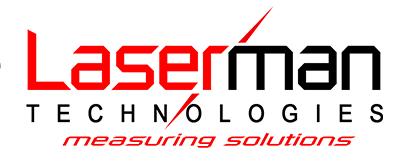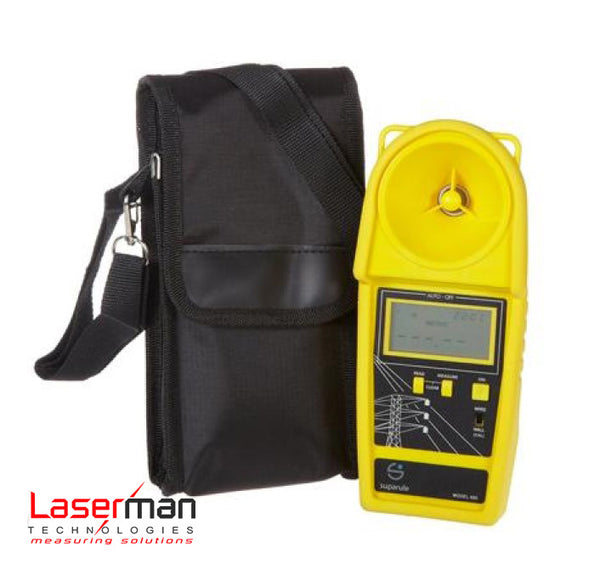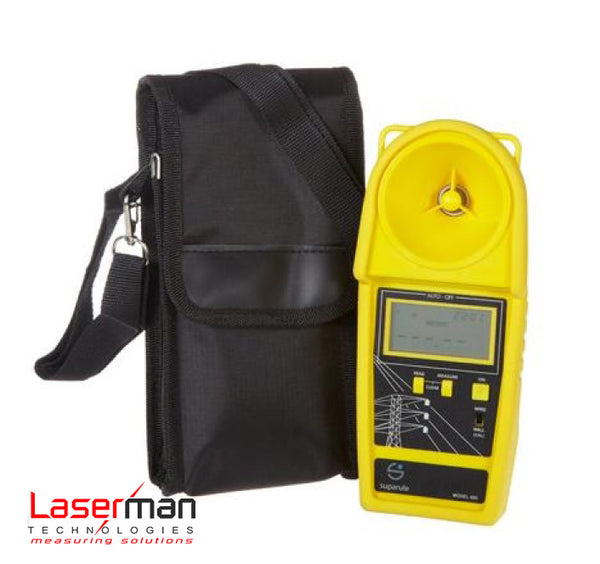Today’s thermal imaging software offers a lot more features and is a lot easier to use than what was available in the past. Now you can install thermal imaging software on a PC or mobile device (even your smartphone) to organize, enhance, clarify, and analyze images and create professional looking reports that you can distribute in email.
But don’t think that by enhancing images you’re changing the actual data; you’re just adjusting how it is presented so that even an untrained eye can clearly see anomalies. This helps expedite decisions and minimize debates.
Some of the basic rules of thumb for choosing thermal imaging software is to make sure it allows you to:
- Process and export images in multiple formats including .jpg, .tiff, .bmp, .gif and .avi as well as proprietary formats that allow you to access more data for advanced analysis.
- Edit and manipulate images by adjusting level and span, changing emissivity, adding markers, highlighting hot spots, referencing images, and applying color alarms.
- Combine visible light and infrared images and adjust the blend between the two to more easily locate and highlight potential problem areas.
- View and share images live from your camera, your smartphone, or your computer to collaborate with remote team members.
- Remotely control your infrared camera to adjust focus or capture images without touching the camera. This is especially valuable in potentially hazardous areas or tight spaces.
- Create templated or custom reports that you can share in .pdf or .docx formats.
- Perform three-dimensional analysis so you can view infrared images from multiple perspectives to identify additional problem areas and help eliminate false positives.
- Compare images side-by-side so you can see the changes in the same target over time to aid predictive maintenance programs.
- Change color palette to make hot or cold areas more obvious with high contrast palettes or to see more subtle differences with a grayscale palette.
- Add text and audio annotations along with additional visible light images to provide the details you need for thorough reporting.
- Categorize, catalog, or tag images and associate them with equipment to make it easier to track images over time.





